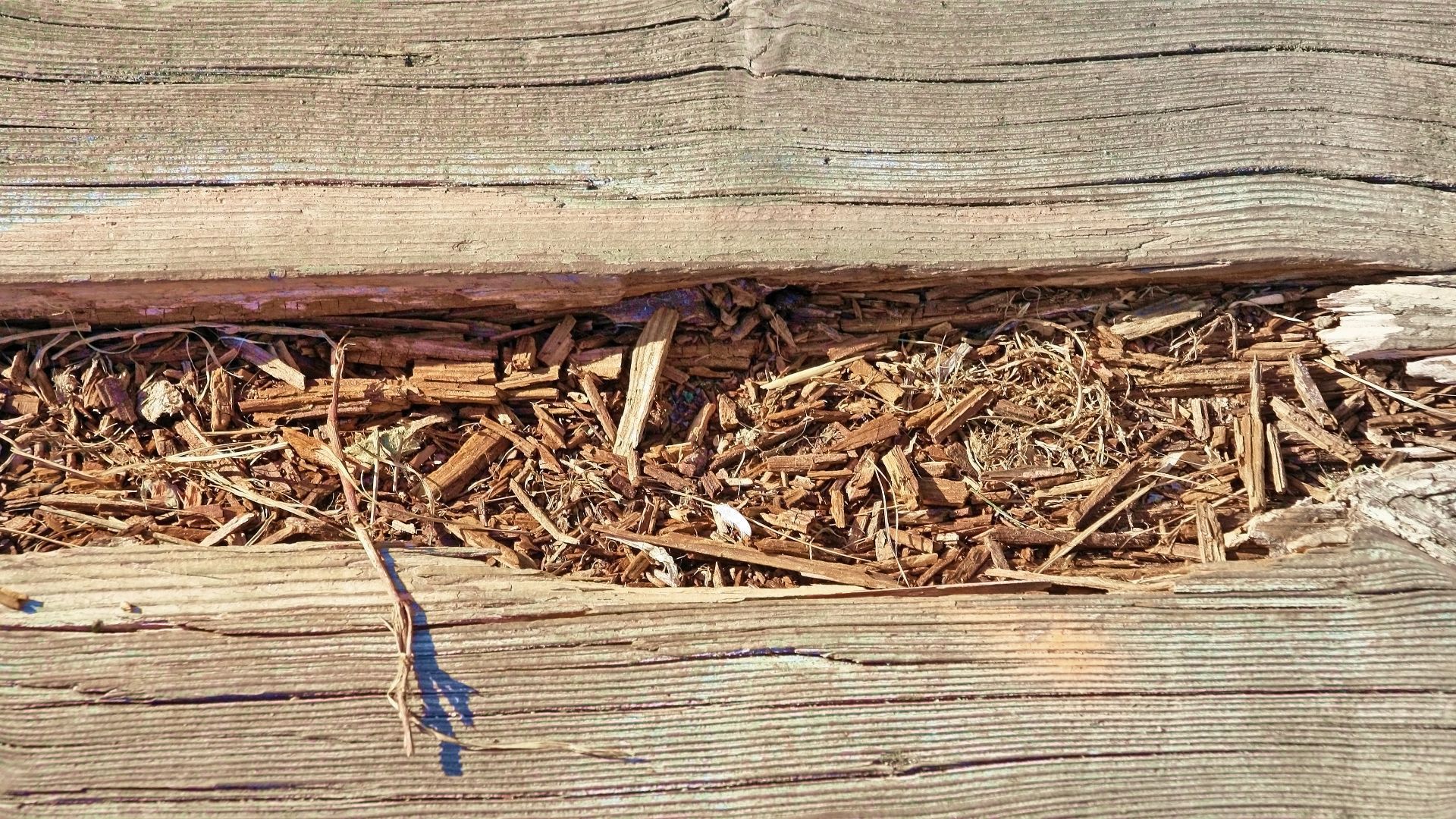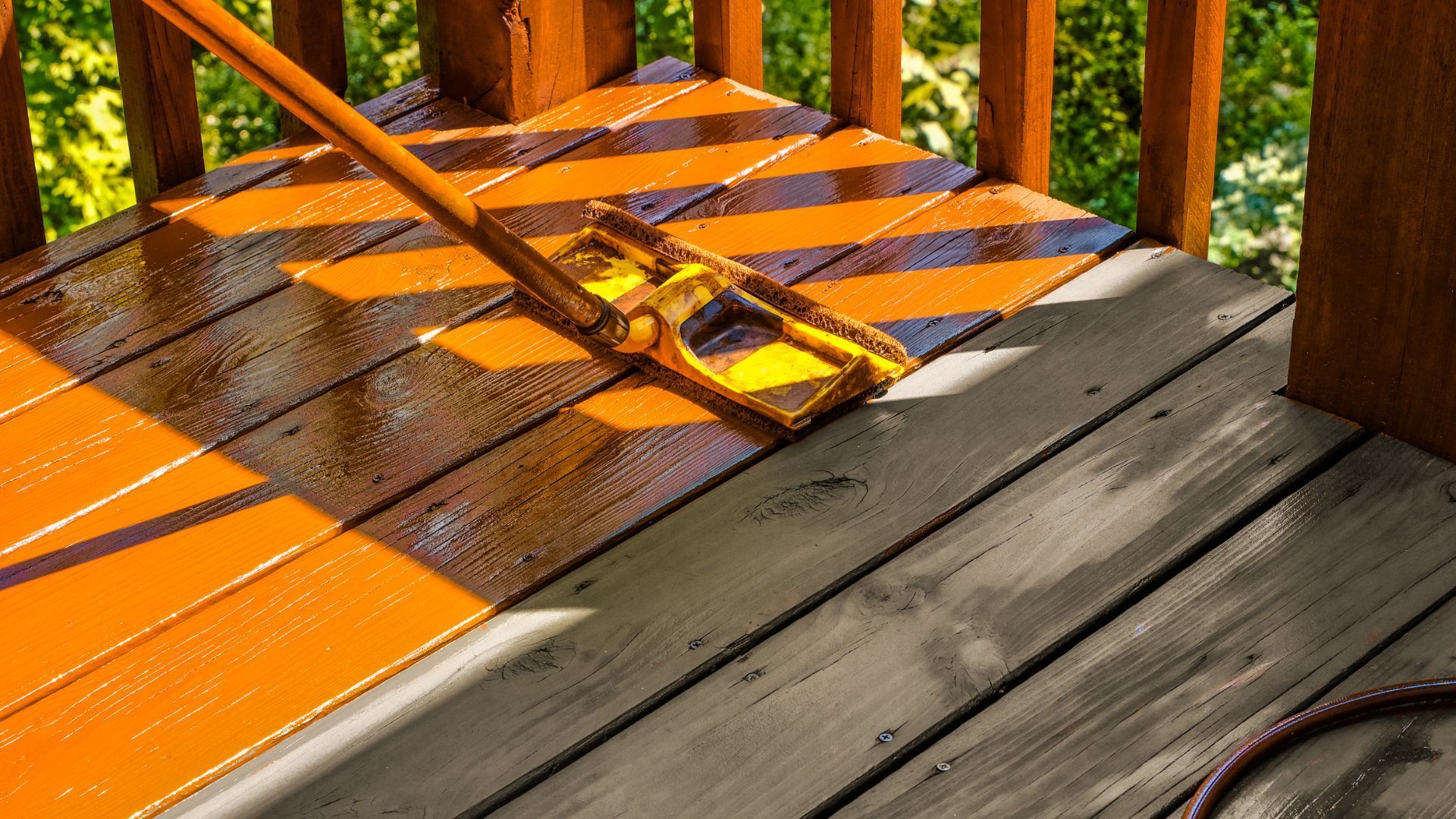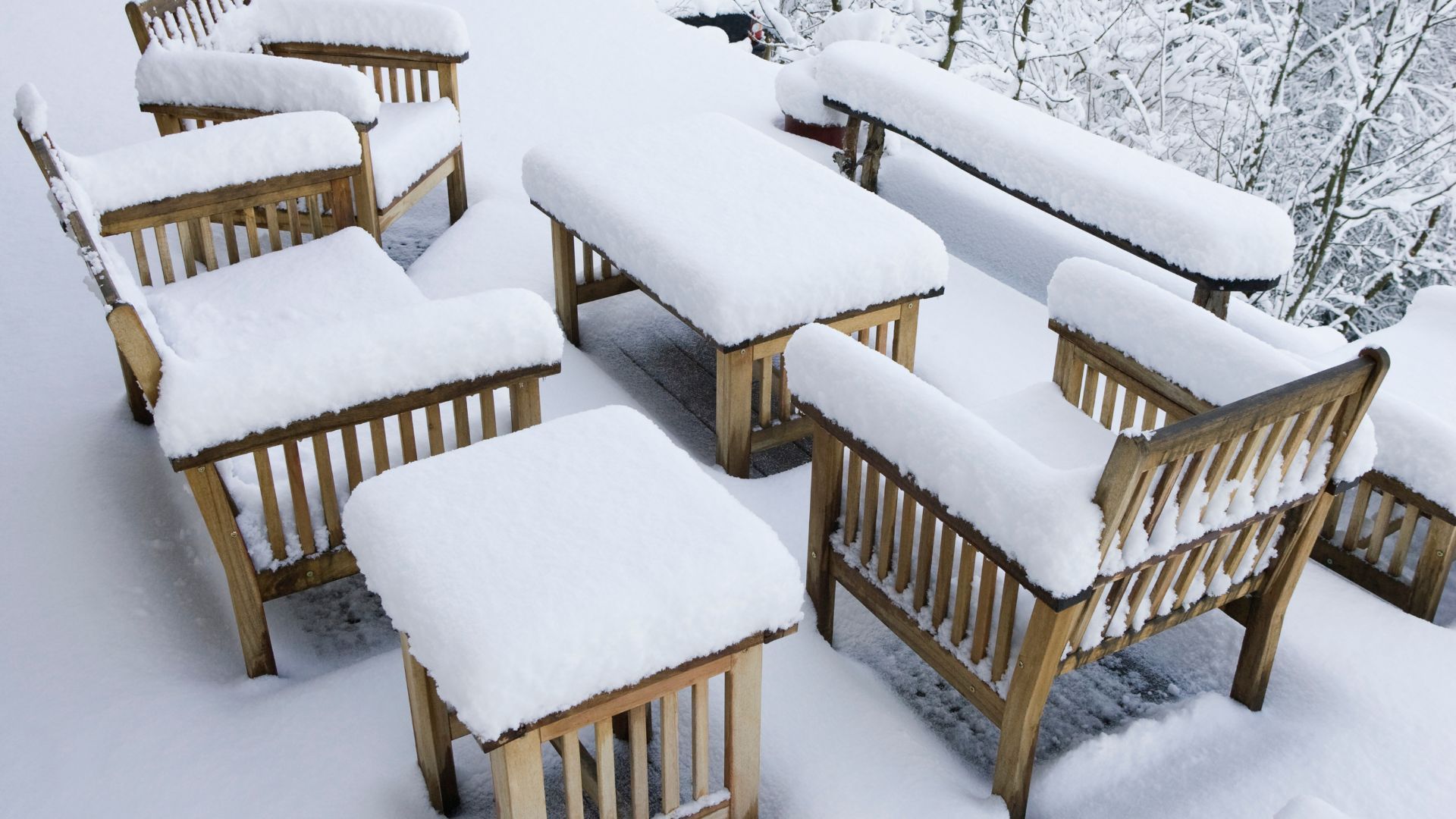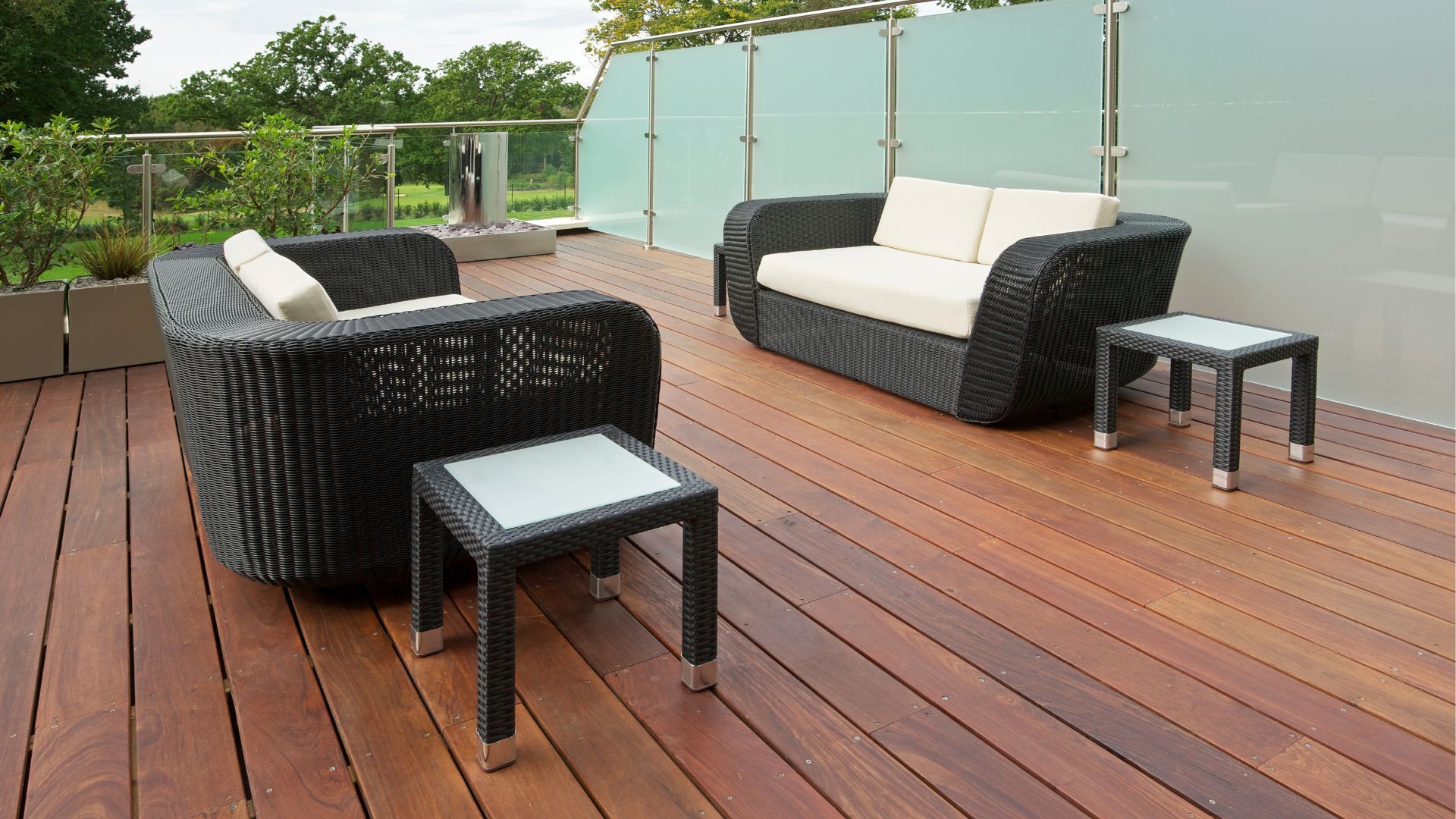How to Prevent and Treat Deck Rot in Buffalo’s Wet Climate
Buffalo, NY, known for its challenging wet climate, presents unique issues for homeowners, especially when it comes to maintaining outdoor wooden structures like decks. Moisture is a persistent threat that can lead to wood rot, compromising both the appearance and structural integrity of your deck. At Blue Buffalo Decks, we specialize in combating these conditions with effective strategies to prevent and treat deck rot. Here’s what every Buffalo homeowner needs to know to keep their deck in top shape despite the damp weather.

Understanding Deck Rot
Causes of Deck Rot
Deck rot typically occurs when wood becomes too moist and fungi start to grow. This can happen due to rain, snow, and even ambient moisture in the air—a common scenario in Buffalo. The rot can weaken the wood, leading to safety hazards and costly repairs.
Identifying Deck Rot
Early detection is key to managing deck rot. Look for signs of soft, discolored, or splintering wood. Areas that are prone to retaining moisture, such as steps, railings, and near post bases, should be inspected regularly.
Preventive Measures
Choosing the Right Materials
Start with the right materials. For new decks or replacement projects, consider using rot-resistant woods such as cedar, redwood, or treated pine. Composite materials can also be a great alternative as they resist moisture naturally and require less maintenance.
Proper Deck Construction
Ensure that your deck is constructed with adequate drainage and ventilation. Slats should be spaced to allow water to pass through rather than accumulate. Proper ventilation helps to keep the underside of the deck dry and reduces the risk of rot.
Regular Sealing and Staining
Applying a water-resistant sealant or stain to your wood deck is a must in Buffalo’s climate. This should be done every 1-3 years depending on exposure to elements. Sealants help repel water and protect the wood from moisture penetration.
Treatment of Existing Deck Rot
Assess the Damage
If rot is detected, assess the extent of the damage. Minor rot can be treated, but extensive rot may require replacing entire sections of the deck to ensure safety and structural integrity.
Removing Rotted Wood
For minor rot, remove the rotted sections of wood using a chisel or similar tool. Clean the area thoroughly to remove any fungi and debris.
Applying a Wood Hardener and Filler
After removing the rotted wood, apply a wood hardener to strengthen the remaining wood. Once the hardener has set, use a wood filler to patch the area, shaping it to match the surrounding wood.
Finishing Touches
Once the filler has dried, sand the area until it's smooth and flush with the rest of the deck. Finish by applying a matching stain or paint, followed by a sealant to protect against future moisture.
Conclusion: Keeping Your Buffalo Deck Rot-Free
Preventing and treating deck rot is crucial for maintaining a safe and beautiful deck in Buffalo’s wet climate. With the right materials, construction techniques, and regular maintenance, you can enjoy your outdoor space without the worry of decay.
Call to Action
Is your deck showing signs of wear or do you need help with regular maintenance? Contact Blue Buffalo Decks for professional advice and services tailored to Buffalo’s unique climate conditions. Let us help you keep your deck looking its best all year round!
FAQs
What are the best woods to use for decks in wet climates?
Cedar, redwood, and pressure-treated pine are excellent choices for wet climates due to their natural resistance to rot.
How often should I inspect my deck for rot?
Inspect your deck at least twice a year—spring and fall are ideal times. Pay special attention after long periods of wet weather.
Can I apply sealant on my own?
Yes, applying sealant can be a DIY project if you follow the manufacturer's instructions carefully. Ensure the deck is clean and dry before application.
What should I do if my deck has extensive rot?
If the rot is extensive, it's best to hire a professional to replace the affected sections and ensure that the deck remains safe and structurally sound.
Are there any quick fixes for deck rot?
While there are temporary solutions like fillers for small areas, addressing the underlying moisture issue and properly repairing the deck is necessary for a long-term solution.




